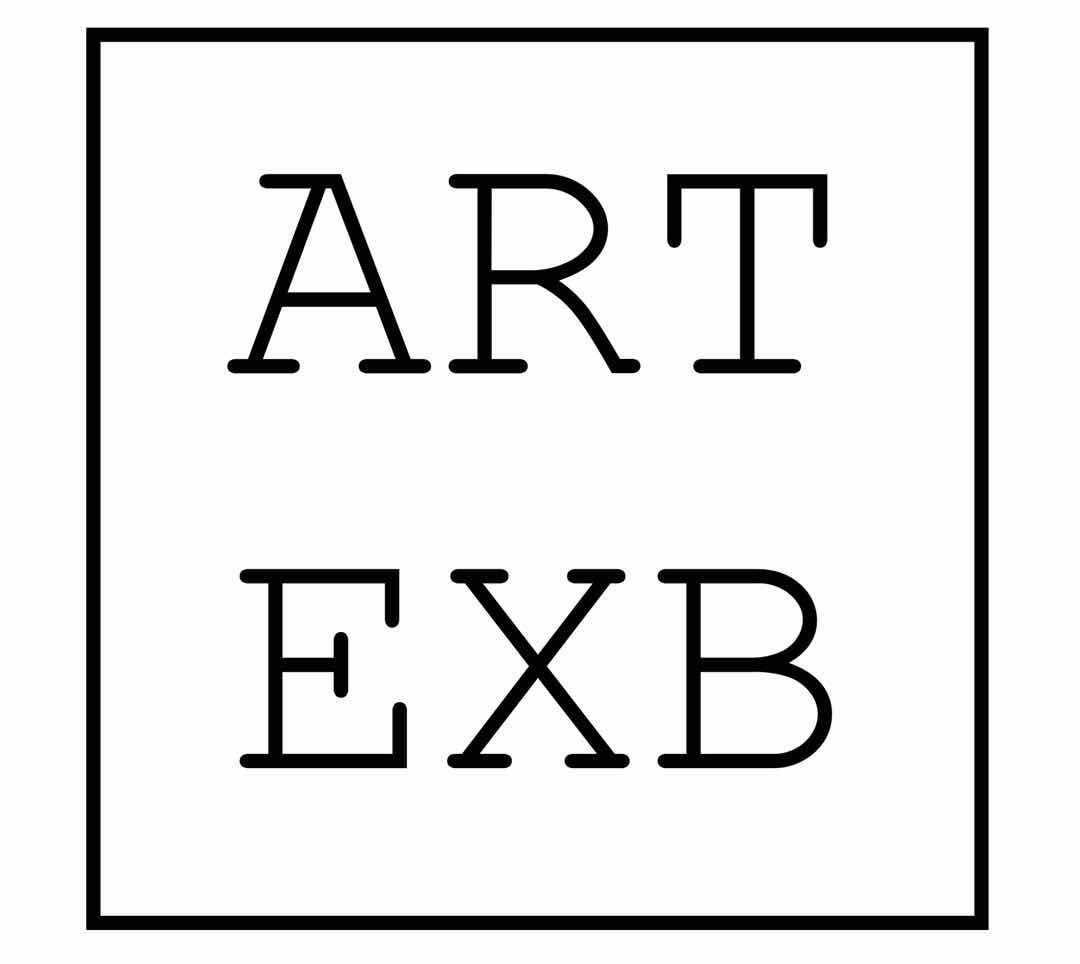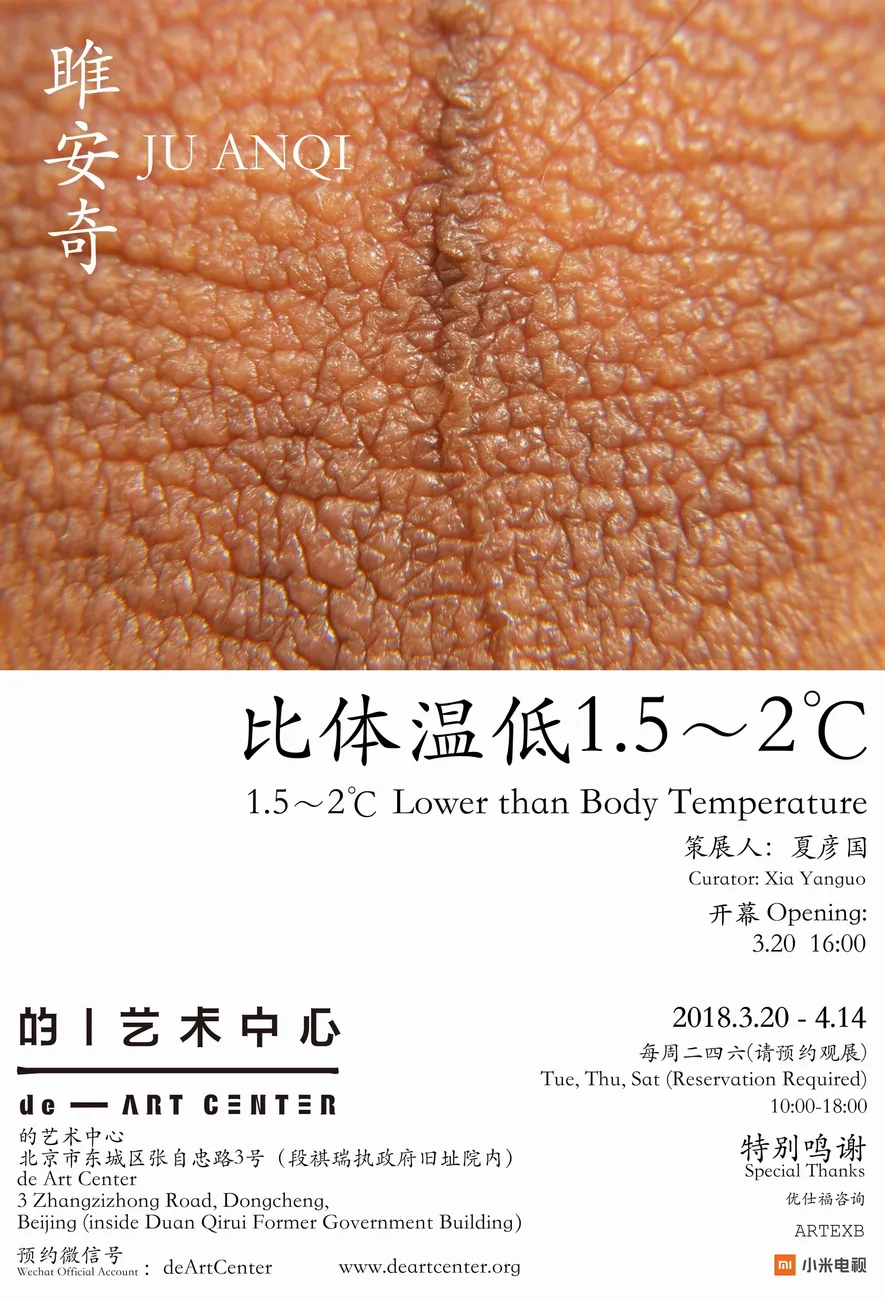For the inaugural exhibition, we are honored to present artist and director Ju Anqi’s latest works. The exhibition, titled ‘1.5~2℃ Lower than Body Temperature’, will discuss the subject of desire by moving images that approaches the reality. The solo exhibition is curated by the founder of de Art Center Xia Yanguo.
In China Ju is reputed as an alternative figure both in film-making and fine arts. Deriving from his own experience and combining methods from the two fields, his works shed new light on experimental video. The structured film language, when abstracted and merged with transformed contemporary art concepts, impress us with sober confusion, humorous helplessness, and checked impulse to express. In a manner of speaking, his art is made for those who are awake.
The theme of interaction between human beings and social atmosphere run through his works from ‘There’s a Strong Wind in Beijing’ to ‘Poet on a Business Trip’. The recent ones have however shifted to what is more specific with the highlights to an artificial field that relies on the camera to focalize and magnify.
At this exhibition titled 1.5~2ºC Lower than Body Temperature, a series of works, all complementing one another, discuss the relation between desire and reality from different perspectives. It is impossible for our social desire to stand along, as it is intricately interwoven with its surroundings. Our desire may come from different sources, but it will inevitably and instinctively find ways to released itself; otherwise the “body” will be trapped in an impasse.
Ju prefers to push his art to an extreme, so here what we see in ordinary life is magnified to be something absurd, poetically absurd. Sometimes it can put the viewers at a loss. ‘Restricted: Gaze’, for example, while posing a seemingly prolonged sexual scene, forces the viewers into a simple and cramped space for imagination to be an accomplice of desire and power. The new works to be presented at this solo in de Art Center, objectively speaking, inspire less terror. Rather they faithfully represent the generally ignored natural physical responses which vary with the ambient temperature, therefore visually almost fulfilling viewers’ all expectations. When projected onto the wall that is several hundred times bigger than the screen, these realistic and authentic shots with distinct dynamic images might still be a challenge to the viewers if they attempt to catch all the images.

